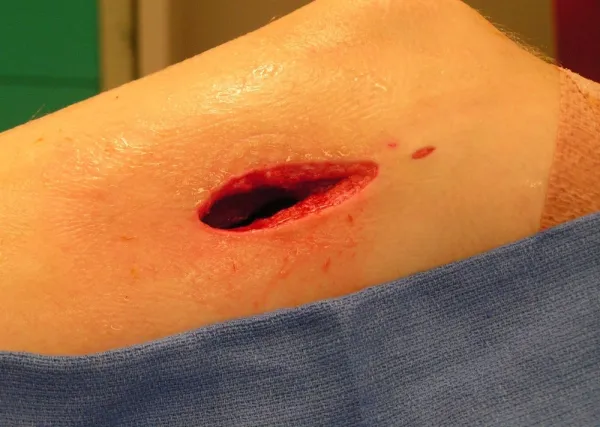Orthopedic Coding Alert
Add-On Codes:
Adopt These Tips To Improve Your Add-On Code Success
Published on Fri Jan 22, 2016

You’ve reached your limit of free articles. Already a subscriber? Log in.
Not a subscriber? Subscribe today to continue reading this article. Plus, you’ll get:
- Simple explanations of current healthcare regulations and payer programs
- Real-world reporting scenarios solved by our expert coders
- Industry news, such as MAC and RAC activities, the OIG Work Plan, and CERT reports
- Instant access to every article ever published in Revenue Cycle Insider
- 6 annual AAPC-approved CEUs
- The latest updates for CPT®, ICD-10-CM, HCPCS Level II, NCCI edits, modifiers, compliance, technology, practice management, and more
Related Articles
Other Articles in this issue of
Orthopedic Coding Alert
- Foot:
Heighten Your Chance to Heel Spur Treatment Claim Success With This Advice
Rule out fracture, and check for casts and orthotic devices. If you’re reporting heel spur [...] - Forearm:
3 Steps Help You Complete Compartment Syndrome CPT® Codes
Hint: Compartment and debridement dictate the right code. When treating compartment syndrome in the forearm, [...] - Add-On Codes:
Adopt These Tips To Improve Your Add-On Code Success
Beware of modifier 51 for add-on procedures. Add-on codes can augment your payment for additional [...] - ICD-10:
Formalize How You Assign Diagnosis Codes for Falls
You should read the rules about including Z codes—here’s why. ICD-10 may be a trip, [...] - Reader Question:
Safeguard Your Second X-Ray Claims
Question: An X-ray was taken after manipulation; the surgeon was not happy with the reduction and [...] - Reader Question:
Solve This ER, Then Assumed Care Scenario
Question: My orthopedist treated a patient who was first seen in the ER for an open [...] - Reader Question:
Differentiate 23334, 23335 From 23107
Question: Our patient had a total shoulder replacement, and the glenoid component has now deteriorated to [...] - You Be the Coder:
Post-Op Brace Fitting and Education
Question: Can my physician bill for a fitting and education of a brace during the postoperative [...]
View All




